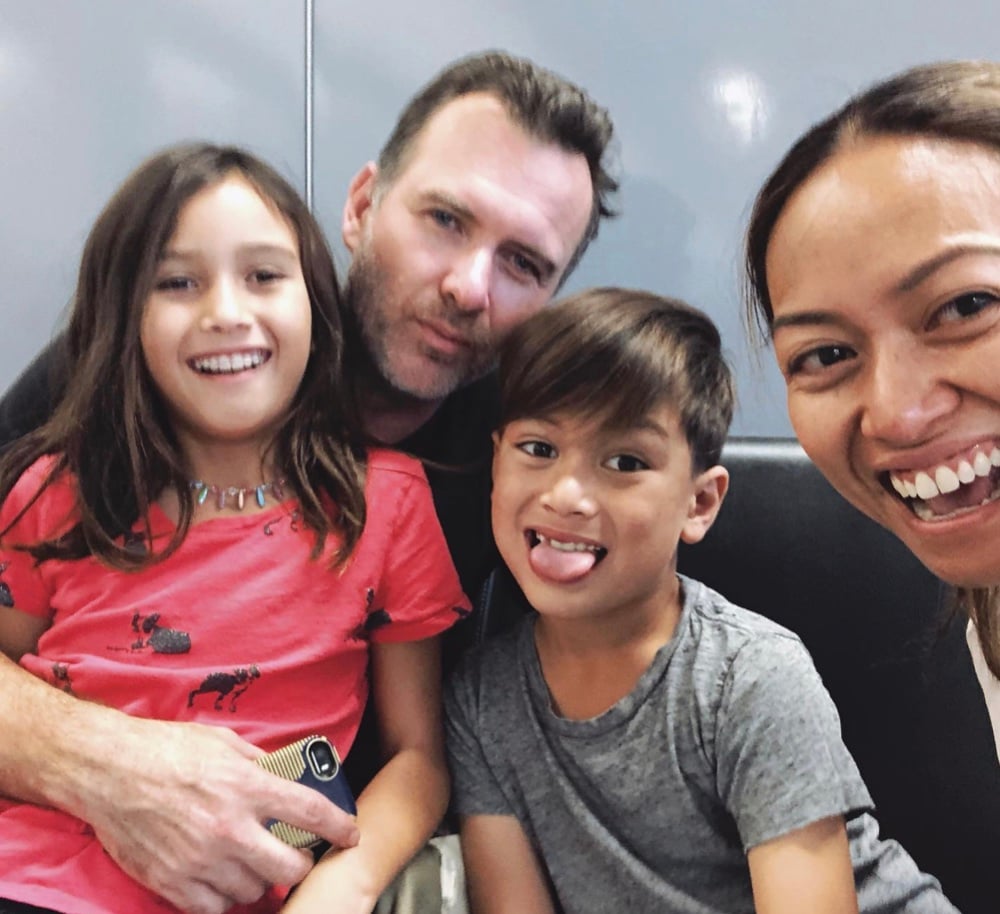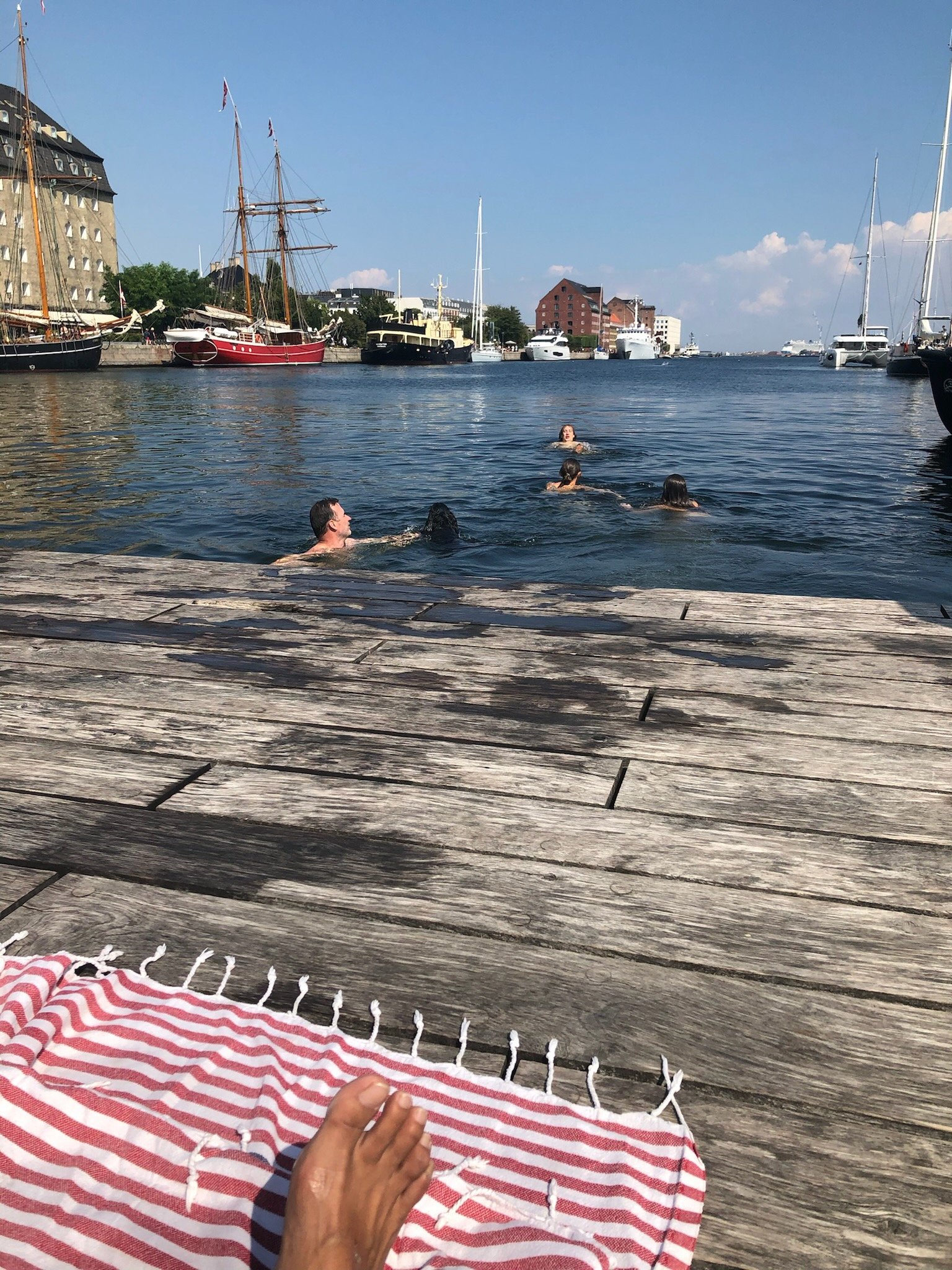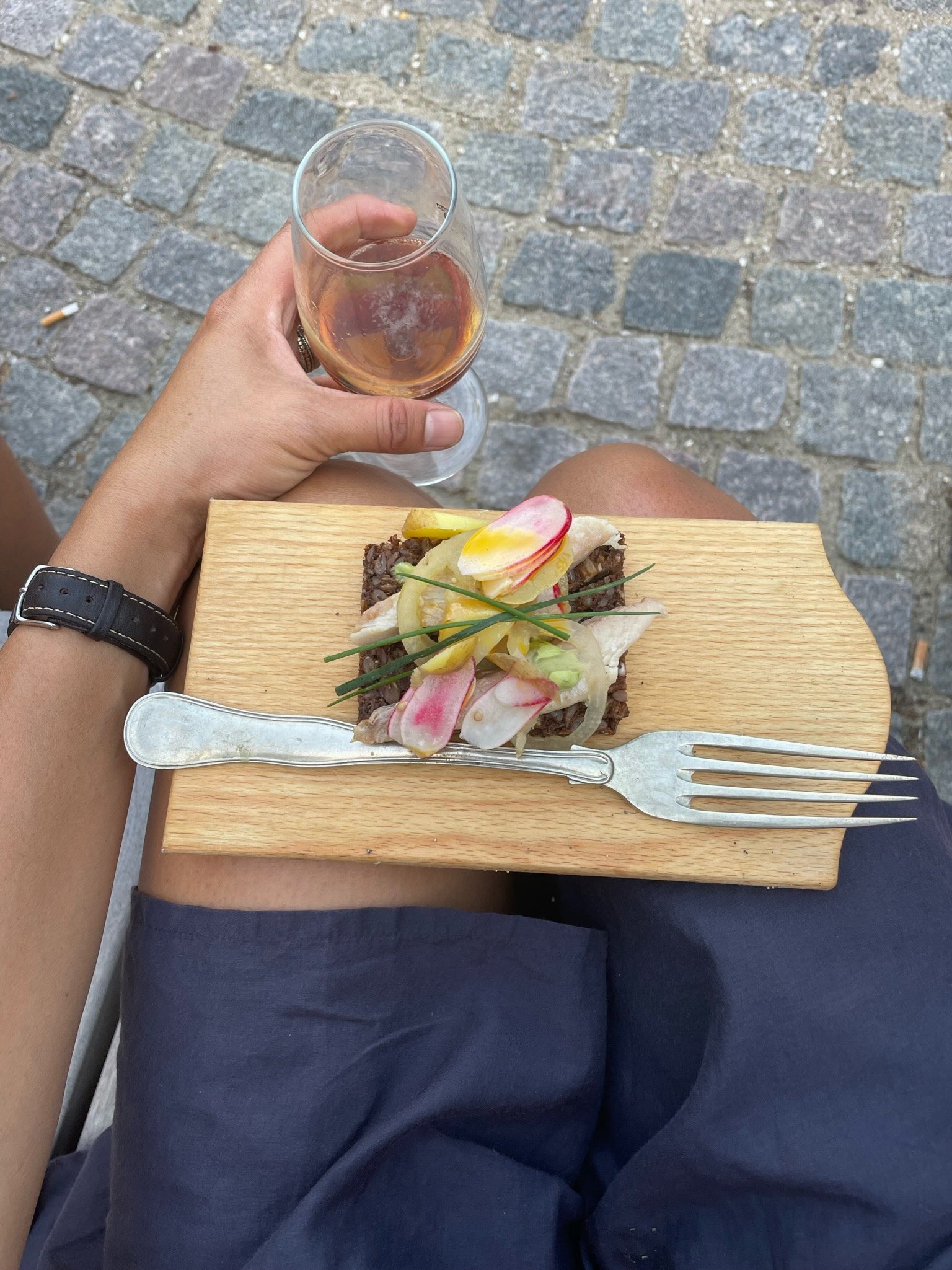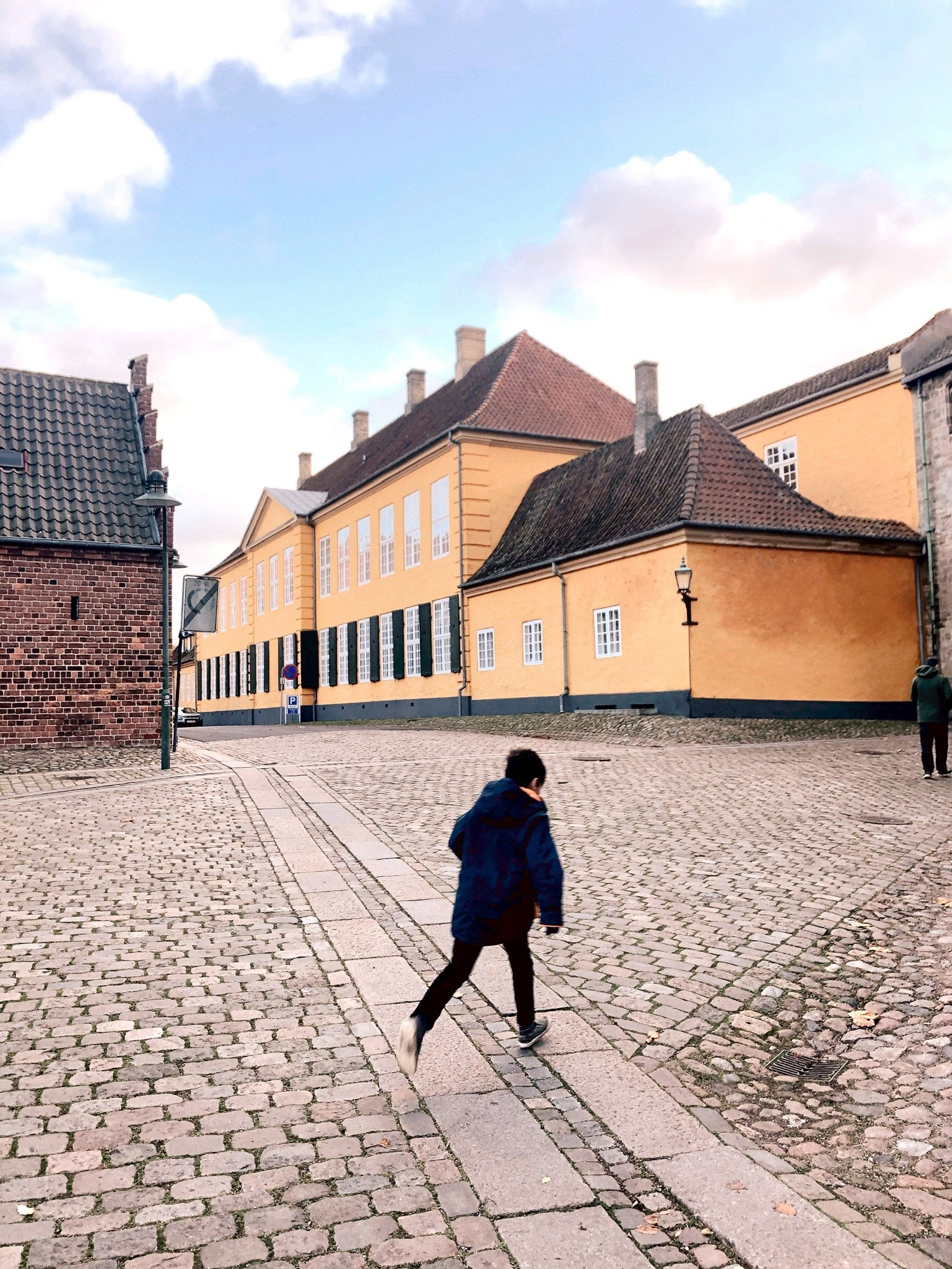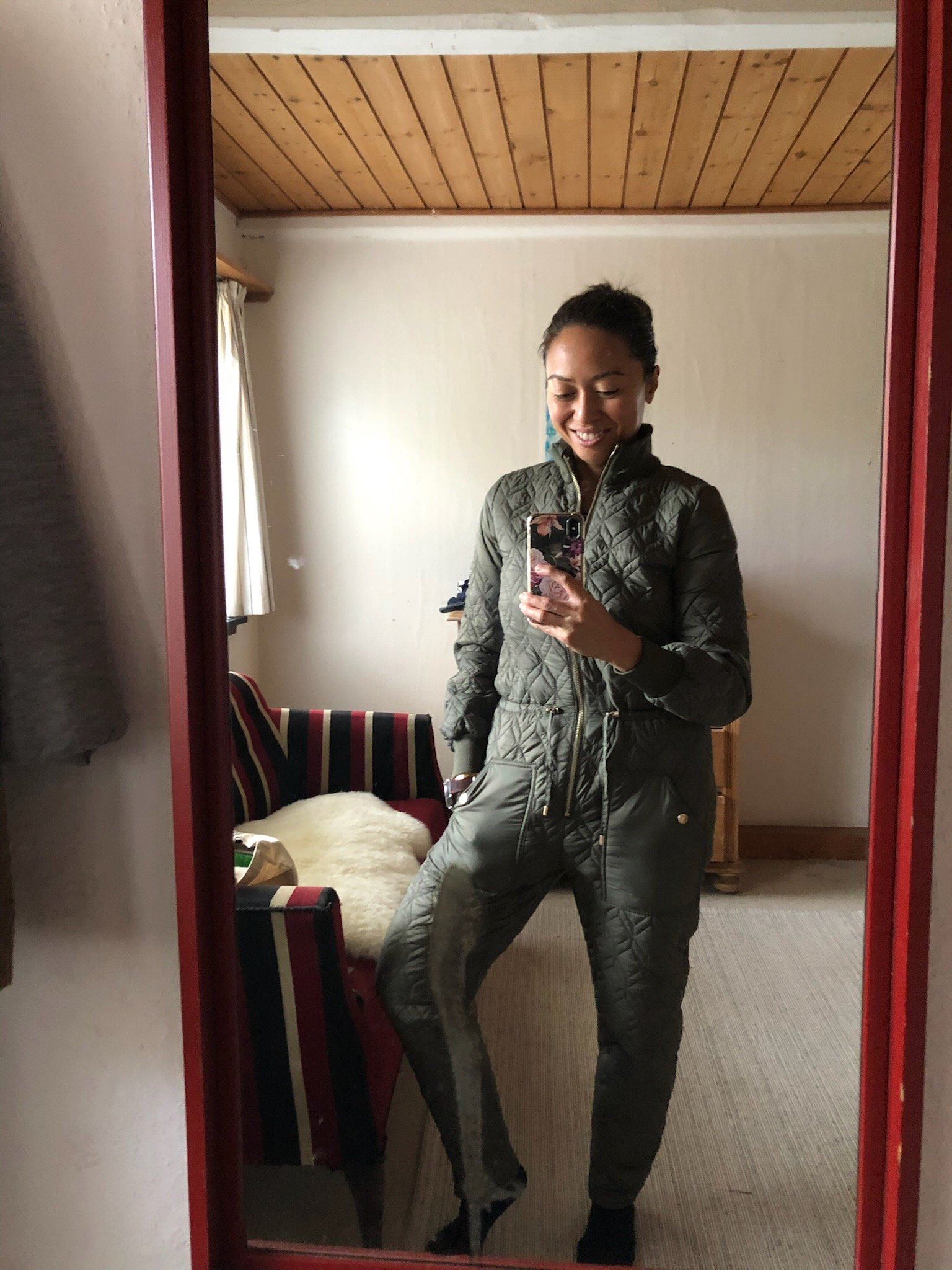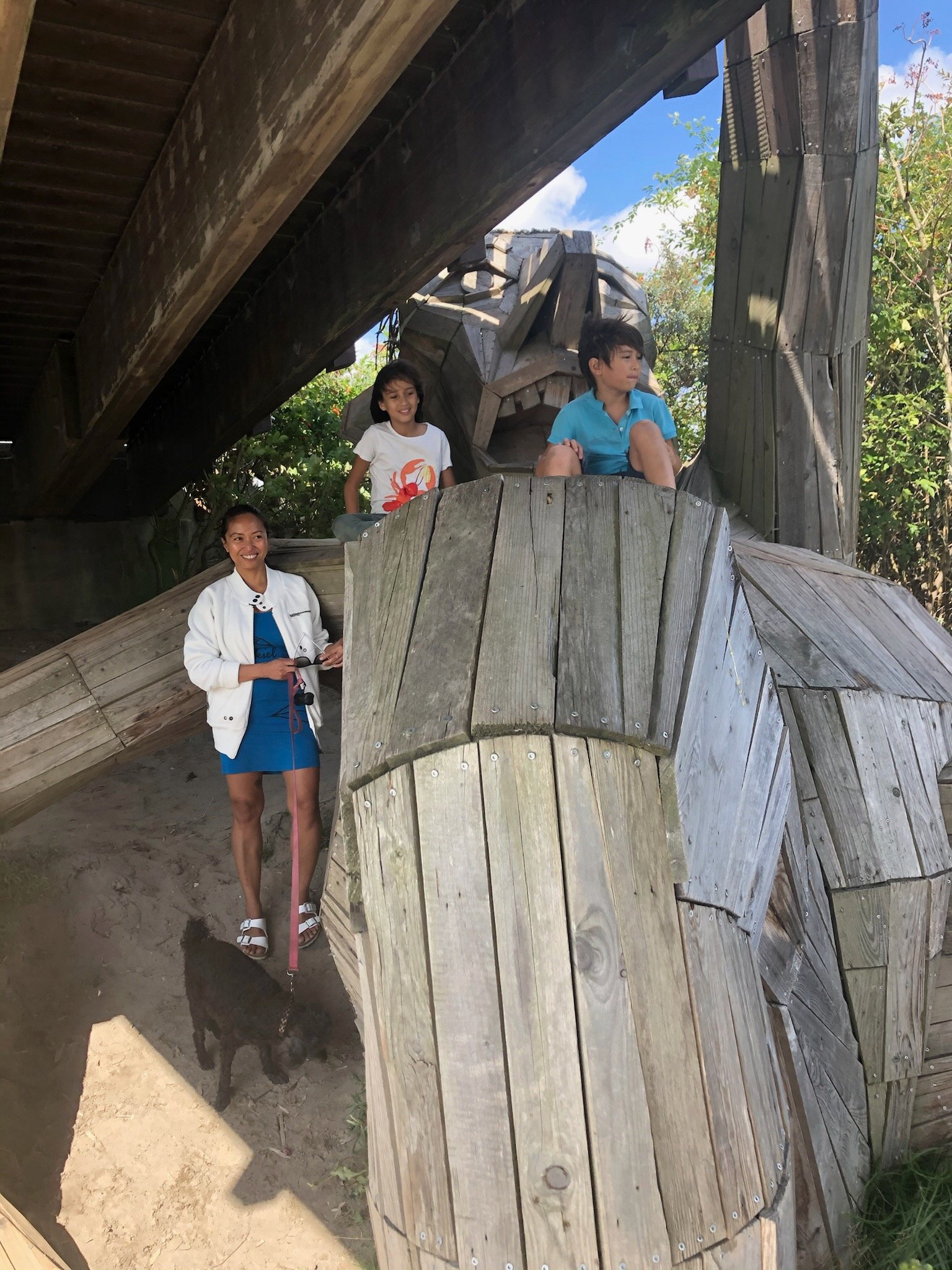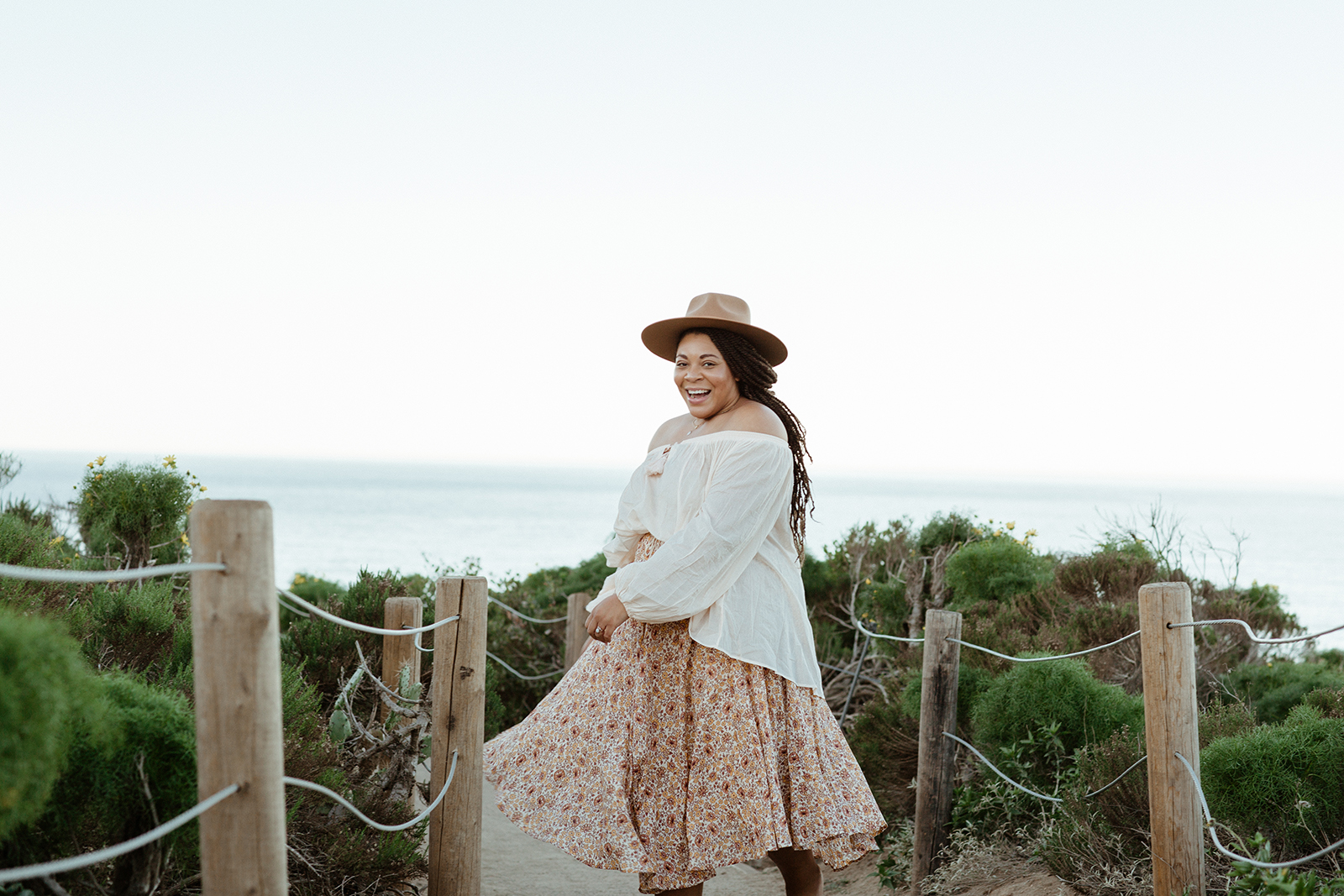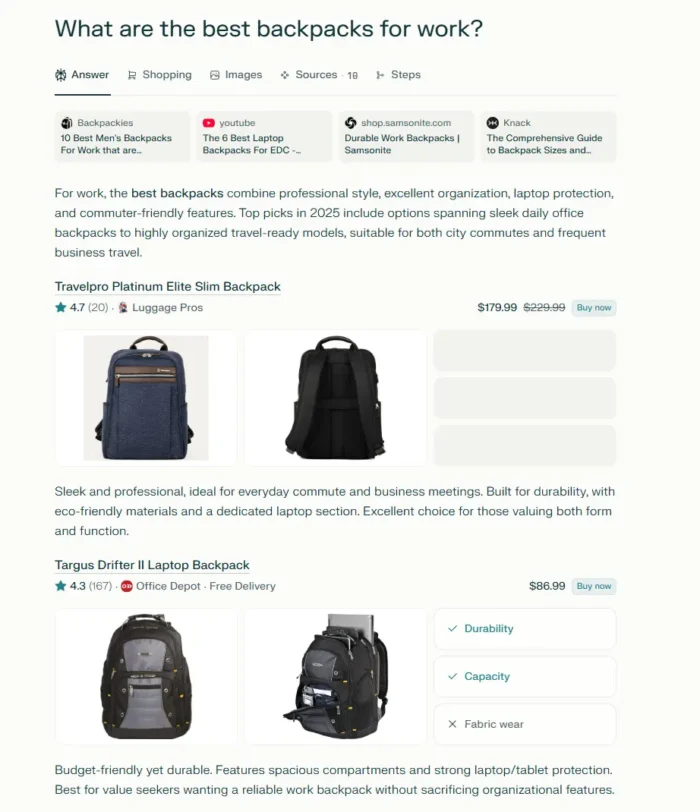What It’s Like to Parent in Denmark
Three years ago, Irene Edwards, her husband, Jason, and their two kids — Poppy, 11, and Rhys, 10 — moved from San Francisco to Copenhagen.… Read more The post What It’s Like to Parent in Denmark appeared first on Cup of...


Three years ago, Irene Edwards, her husband, Jason, and their two kids — Poppy, 11, and Rhys, 10 — moved from San Francisco to Copenhagen. “We were looking for a life change,” she says, “And, boy, did we get it!” Here, she talks about open-faced sandwiches, dark winters, and swimming in your underwear…
Irene’s backstory:
After years living in Brooklyn and San Francisco, Irene Edwards craved a slower pace of life for herself, her husband and their kids. “I was done with magazines and a 20-year career in media,” she says. “When I got a job offer in Copenhagen, my family was game for the adventure.” Her husband now works as a lunchtime chef at a big corporate cafeteria, or kantine, in Copenhagen. And Irene joined the a nonprofit called MAD, which helps transform food systems by educating people who work in hospitality. “It’s my first time working with a non-profit, and I’m soaking it all up like a sponge,” she says. “One of the benefits of leaving a career and moving across the world is that you can reinvent yourself.”
On a dynamic neighborhood: We live in Refshaleøen, a post-industrial neighborhood filled with independent businesses in former shipyard buildings, plus some of the best restaurants in town. We’re in a little row of energy-efficient townhouses with lots of gardens, playgrounds, wild fields, plum trees, the harbor all around us. Almost every other family here is Danish — there are hardly any other internationals that I know of — so, if you’re not fluent in the language, you have to be okay with being out of your comfort zone socially. But I can’t imagine a more wonderful place to live.
On simple joys: There are many moments every day where I am like, I want to capture every minute with gratitude. It’s a daily-life kind of joy, not like a receiving-a-big-promotion kind of joy – it’s the sun-warmed fruit that I’m picking from the shrub outside my back door, and the fact that I take a plunge in the harbor with my son, and we get out of the water and lie down on the warm pavement without a towel, even in our underwear, and then we bike home, and how can that not be deeply affecting the human psyche? You can find this in the U.S., too, of course; but here it’s just found so easily.
On open-faced sandwiches: Rye bread is the single best Danish food invention. It’s so, so good, especially in open-faced sandwiches, aka smørrebrød. When my co-workers bring lunch, they have all their containers of little things for building open-faced sandwiches. But there are unspoken rules! When I tried to make one, they were like, ‘Wait! No! You put the shrimp underneath.’ It’s not just their opinion, it’s categorically wrong. [Laughs}
Honor stand selling new potatoes along a cycling trail.
“Meat and potatoes. (Danes love to decorate food, cakes, parties, etc. with little national flags.)”
On mind-blowing potatoes: Danish new potatoes, oh my goodness, they blow my mind. It’s funny because in California, we had so many different fruits and vegetables, but here it’s the opposite: a very short growing season and a very restricted range of produce. But because the cuisine is not super expansive here, my palate has gotten really nuanced. Like, Oh, this herb versus that herb! We won’t get melons or peaches or whatever, but for three weeks in the summer, we have 15 different kinds of berries and they are incredible.
On stoic street life: Copenhagen is the antithesis of a chatty culture. On the street, people don’t usually make eye contact or smile, even if you see someone who lives in your area. Danes have said to me several times, ‘Wow, I really admire the ability for Americans to make small talk’ — sometimes with true admiration and sometimes slightly disparaging! But I miss the random chitchat in New York City – if something’s happening down the block, like a firetruck blocking the way, EVERYONE on the street has something to say about it; there’s a shared humanity. I miss that for my soul because that doesn’t happen here at all.
“Moving our furniture to our new home, via cargo bike!”
On bikes: Our family of four bikes everywhere because we don’t own a car. Spending so much time outdoors, even (or especially) in the winter, when it’s an endless stretch of drizzly gray, never fails to brighten your mood. You just pull on your rain pants and get on with it. Riding my bike is often the best part of my day.
On flight suits: On cooler days, kids roll out in these quilted one-piece flight suits, or flyverdragt. Women wear them, too — I’ll bike in mine from November to April. And the babies!!! They’re rosy-cheeked Michelin Men. I mean, who doesn’t want a zip-up one-piece – it’s better than layering a jacket and scarf and hat and a million things!
“The key to surviving Danish winters: cooking the biggest weekend breakfast imaginable, followed by a brisk walk.”
“My bike commute home from work.”
On winter coziness: Winter in Scandinavia is no joke. I like to play a game with my coworkers called, ‘What time is it?’ You have to look out of the window and guess — is it 9 a.m.? 4 p.m.? 8 p.m.? 2 a.m.? Spoiler alert: it all looks the same! The sky goes from pitch black, to slight gray from 10 a.m. to 2:30 p.m., then back to pitch black. You have to lean into the coziness, aka hygge. It’s all about gathering with friends, where you have your warm drink and your blanket and your candles, always candles, oh my goodness, the candles. Candlelight feels more real and human than overhead lamps. I’m not saying I look forward to winter, but I do kind of?
“No one has curtains. You see parents making dinner; you see families hanging out; you see people naked. It’s cultural — like, we have nothing to hide from each other.”
“Typical Scandinavian interior in my kids’ old school.”
On a shared aesthetic: Homes tend to look alike, since Danes will often buy the Scandi design classics. Even a relatively modest young couple, with mostly Ikea furniture, will save up to invest in a Hans Wegner chair. When I visit a friend, I’m like, I will see the artichoke lamp somewhere in this home. Even cool people who are almost hipster-ish will collect the traditional Royal Copenhagen blue and white plates. Everyone aspires to have the same beautiful pieces. It’s funny because whenever a Danish family will come to our house, they’ll say, ‘Oh, so this is how Americans decorate.’ But I’m like, ‘Well, we actually all decorate differently!”
On prioritizing the group: A big Danish value is Janteloven, which means individual excellence should not come at the expense of the group. The Danish thinking is, we are a system and we work together — and that permeates everything. That’s why pedestrians will wait at a red traffic light at 2 a.m. even when there are no cars around. When everyone’s biking through the city, you have to flow — and that requires seeing the group as a single unit. At my kids’ Danish elementary school, the most important thing is to learn how to collaborate with each other, to the point where you’re not necessarily encouraged to express your full potential if it will come at the expense of the group dynamic. This is what Danish society has grounded itself in, and quite frankly it has optimized it and exported it really successful as an identity.
On kids’ behavior: Parenting is also seen as a communal effort. For example, in my daughter’s class, there was a child who had acted out a lot. The child was sent to the principal’s office, and the entire class went with him. It was like, we need to deal with this issue as a class. I was like, Whoa! We were the only non-Danes, and it was all very normal to them, of course. Who’s to say what was better for the child? The concept of privacy here is different, and the communication was very open — like, this is what this family is going through, this is how our community is addressing this, and everything was recapped in an email. Being able to talk about it together sort of removed the shame. After all, my kids struggle in other ways! We all do!
On missing diversity: The value system in Denmark prizes collaboration and cohesion and fitting in the norms, and that results in so many good things AND there is also a big gap for me as an immigrant and woman of color. When I bring up racial equity, people here show up, there is no resistance — but the progressive conversations in the U.S. are far, far ahead of the game. I was recently in L.A., and being part of a more diverse population again was deeply affecting me to the point where I was like, Why am I living in Denmark if this part of my identity isn’t expressed and satiated? Being able to engage in issues with people who are living through them and actively working toward solutions felt so good – I want to try to make that happen here. And at the same time, I missed my bike, and I didn’t want to be stuck in traffic or riding the subway, and I see all the ways our quality of life is better here. I measure everything like, are my kids thriving and safe here? Yes. Does that trump everything else? Probably yes.
Thank you so much, Irene!
P.S. Our Parenting Around the World Series, including Italy and South Korea.
(Second photo by Sky-Blue Creative/Stocksy.)
111 COMMENTS

 ValVades
ValVades 
